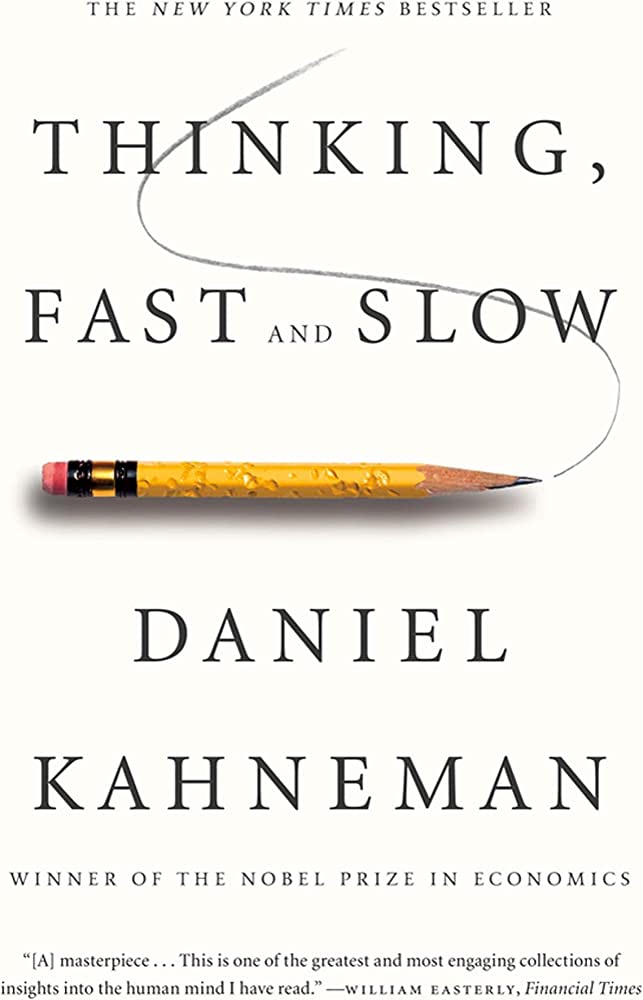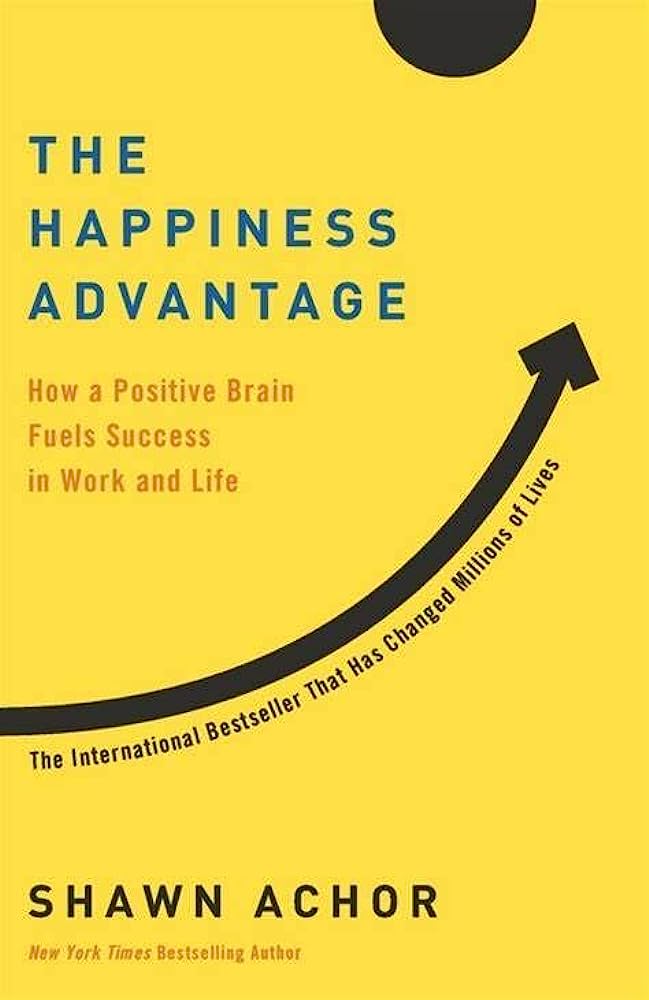CRM at the Speed of Light: Social CRM Strategies, Tools and Techniques for Engaging Your Customers (Fourth Edition)
RATING


In the fourth edition of CRM at the Speed of Light, the author seeks to address all of the changes that have occurred since the previous edition as a result of technology and social media.
The new edition is much more than an old version with a new introduction; the author has rewritten the book to emphasize the importance of understanding today’s socially empowered customer and how to transform traditional CRM strategies to be better connected to those customers. He calls it “the first edition of Social CRM at the Speed of Light,” and it is radically different from the first three. Social CRM is defined as a philosophy and a business strategy supported by a technology platform, business rules, processes, and social characteristics, designed to engage the customer in a collaborative conversation. It is the company’s response to the customer’s ownership of the conversation. The requirements of customers have changed, so that for a business to get the attention of customers or turn them into advocates, it’s now necessary to provide new means of developing and sustaining relationships in response to changed customer expectations.
The book is organized into 5 parts: “The Era of the Social Customer,” “Collaborating with Your Customer,” “CRM Still Needs the Operational,” “CRM Goes Vertical,” and “Looking at the Framework.” The author devotes two chapters to customer experience, and goes on to addresses all types of social media and channels for collaborating with your customers. The book covers every important development impacting CRM, from the collaborative value chain to vendor/customer relationships to measurement techniques, such as NPS and measuring the value of CRM through customer lifetime value, customer brand value and customer referral value (CLV, CBV and CRV).
The author goes a long way to explain all the changes confronting CRM, for example, devoting two chapters to customer experience and its importance, as well as mapping the customer experience. He claims that the “inside-out” approach of CRM is now obsolete. Social CRM is an “outside-in” concept and methodology for customer interactions with a company, so we have taken the concepts of CRM 1.0 and CEM and merged them. The book also addresses NPS and questions whether it is enough, showing alternative metrics and the need to recognize the true value or profitability of generating consumer advocates, utilizing additional financial and operational metrics to help drive strategic decision making. (see The Ultimate Question 2.0 review by Senteo for more on NPS) There are examples throughout and case studies, for example, an overview of on-premises vs. on-demand and open-source applications (Oracle, SAP, Microsoft, Sage CRM, SaaS, SugarCRM, Cloud Computing).
Given the title of the book, the author preaches the virtues of CRM throughout and questions potential challengers such as customer experience management (CEM), which is assumed to just be merged with CRM in order to address the new challenges of Social CRM. Nonetheless, readers would be well served to delve more into good customer experience books for a complete picture (see The Experience Economy and Infinite Possibility). Also, while the book gives many examples of applications of both the theory/strategy and systems, the book could use more information on implementation issues and ongoing measurement/management issues.
A social revolution in how we communicate has taken place in recent years. Smartphones, social web tools, and the instant availability of information in an aggregated and organized way provide real-time intelligence to customers, not just the enterprise.
Social CRM is critical to business success in today’s hyper-connected environment. Customers’ expectations are so great and their demands so empowered that a Social CRM strategy must be built around collaboration and customer engagement, not traditional operational customer management. It’s the company’s response to the customer’s control of the conversation that makes Social CRM work.
Written by CRM guru Paul Greenberg, CRM at the Speed of Light, Fourth Edition, reveals best practices for a successful Social CRM implementation. Greenberg explains how this new paradigm involves the customer in a synergetic discussion to provide mutually beneficial value in a trusted and transparent business environment.
This book is essential reading for anyone interested in the subject of CRM. It provides a unique analysis of the impact of social media and technology on the customer relationship, resulting in a transfer of control to the customer vs. the previous models of transformation of the organization to focus on the customer from “inside-out.” It also provides ample examples of how companies in a wide variety of industries are using tools and strategies of CRM in the era of social media.


This book is focused on research and theory to develop a CRM strategy, as well as to address industry trends. The author also gives examples of tactics for application as well as measurement techniques.
See content on this topic

Sales training for front line along with basic development and coaching principles for line management.
Understanding branding and communications from the standpoint of emotional engagement and building relevant and meaningful dialogue with customers.
This course covers a complete view of customer touch points (both physical and virtual) and a unique model for standardizing and managing customer contact models across channels including approaches for customer feedback, quality management, and migration.
Understand how the innovation process changes moving from functionality and channel design to a process focused on creating value for customers.
Experiential Branding & Communications – Improving Brand Integration Through Emotional Engagement.
This course covers a complete view of customer touch points (both physical and virtual) and a unique model for standardizing and managing customer contact models across channels.
Understand the value of a customer-oriented analytics package and how behavioral scenarios can be used to improve profitability through influencing behavior and usage.
To understand the principles of game dynamics and learn how to effectively use the elements of gamification in business: to involve customers, employees and contractors in the process.
Understand the components and features in a complex Customer Relationship Management system (infrastructure, architecture, functionality, etc.) and the uses and benefits for both the business and the customer.
Understanding the range and function of different relationship management processes used to build customer engagement models and manage the quality of customer relationships.
Understand how the innovation process changes moving from functionality and channel design to a process focused on creating value for customers.
Understanding the drivers and mechanics of corporate culture will help any management to design and develop an organizational culture for success and growth.




 Copy Link
Copy Link
 E-mail
E-mail
 LinkedIn
LinkedIn
 Facebook
Facebook
 Telegram
Telegram
 WhatsApp
WhatsApp















 Go Back
Go Back
Leave a Reply
You must be logged in to post a comment.